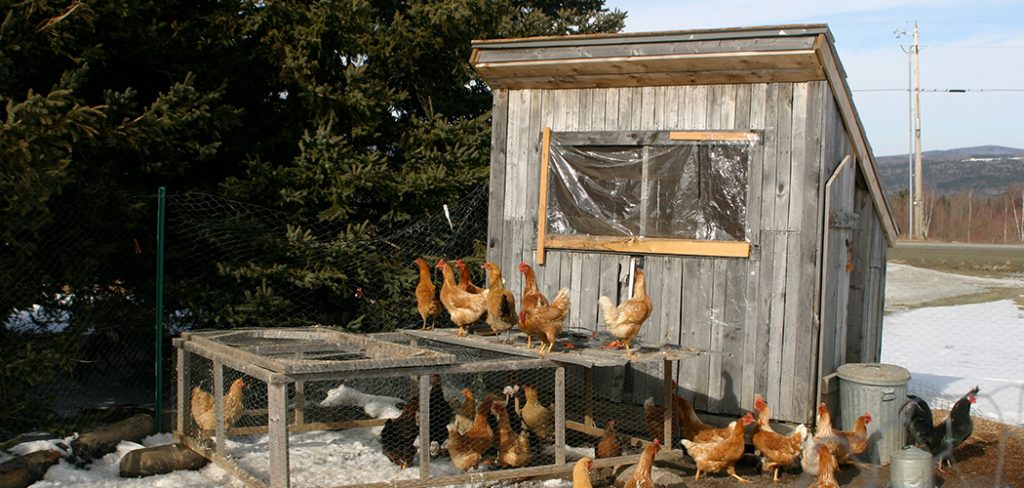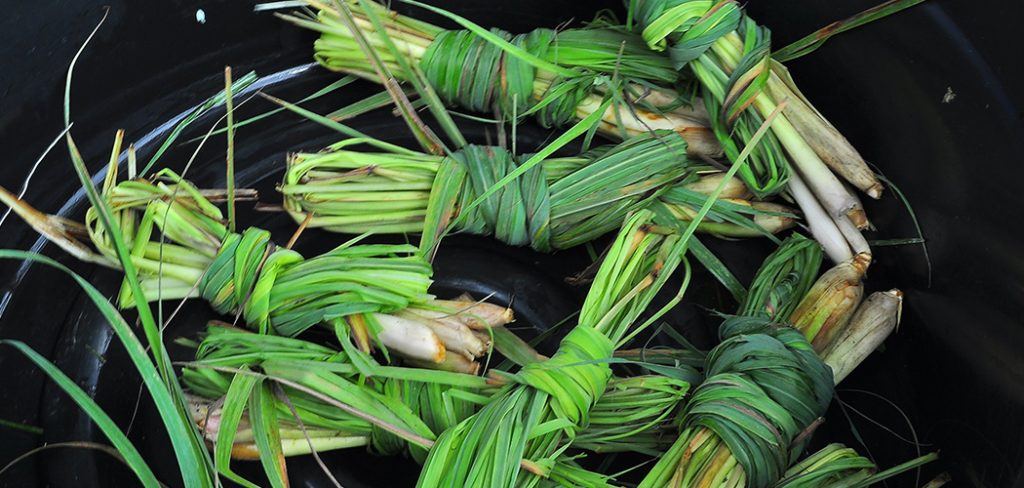The world is more beautiful with flowers! Besides the love for the animals, we must provide the same love for plants also. That implicates care for them because some plants are the main source of food for us. We have shortlisted in this article plants that start with ‘K’.
3 Plants that Start with K :
Not only that we read and learn about them, but who would refuse to see flowers in their garden? Suppose we can put them in the alphabet so we can easily remember them. But they also got names over the years both in science and in the world! We are listing some of them here :
1. Kalanchoe, first on the list of plants that start with ‘K’
Kalanchoe is the right plant for all those flower lovers who do not have the knowledge to grow plants. Including those who claim that they cannot do it because they are always busy. And those who even forget that they have a plant at home. Rest assured, this plant will certainly not resent you if you leave them thirsty for a day.
It is available in several colors: white, orange, pink, red, purple, and yellow. You will probably find a place for it as it grows from 10 to 30 cm. In winter, when it blooms, place it on the south window. And in summer, place it on the terrace. It needs bright light but definitely not direct sunlight.
When to water this plants?
The only thing you need to remember is when it should be watered. Since it is a succulent, you don’t want to make it constantly wet. Water it every 12-15 days and 7-10 days during winter and summer respectively. It is best to check and touch the ground to determine when it’s time. When it is dry and loose, water it. If you notice that it has wilted leaves and mold has appeared in the ground, don’t panic. It will recover most probably, just remove the rotten branches and let it dry. Never spray water on the leaves.
Propagation of Kalanchoe : Seeds and cuttings
Kalanchoe propagation is by seeds and cuttings. Propagation by seeds is more complicated and less likely to be successful. Cuttings which is simpler. These are actually young shoots that had a flower on them. Cutting withered flowers to the leaves regularly is necessary. The cuttings should be about 10 cm long with two pairs of leaves. After the kalanchoe propagation, remove the bottom pair of leaves and drive the cuttings into the ground. Store it in a warm, humid, and bright place. It is best to renew it regularly because after about two years it looks a little messy. This plant goes to the group plants that start with K.
2. Kale, one of the plants that start with ‘K’ that also goes with your salad
Next on our list of plants that start with ‘K’ is a common ingredient in salads, stir-fries, omelets, and other dishes. Kale is a powerful nutrient center and can be used as a young, tender leaf or as a full-grown plant. It can handle some frost when ripe and is considered a cool-season vegetable.
Where and when to plant kale?
The kale plant can be planted directly in the garden or started indoors and set up as a transplant. Run the plants indoors for about 6 weeks before the last expected frost period appears. Kale seeds germinate quickly in warm soil and should be within 5 to 8 days. Cover the seeds with about 1/2 cm of soil and do not allow the seeds to dry before they work.
Plants will grow more slowly outdoors than indoors. Transplant seedlings at risk of frost and place the plants about 16 inches apart. This gives them room to expand and still allows air to circulate. You can direct the seeds in cold climates. In the spring, as soon as the soil can be cultivated and the soil temperature is at least 45 F.
The Kale plant matures quickly in about 2 months or less. So you may want to start planting later or even planting multiple crops by succession planting. In warm climates, kale can be sown directly in late summer / early fall, as well as in spring. Kale winter crops in warmer climates can be much sweeter than summer crops. Keep your fruit plants well-groomed. Along with cold temperatures, moist soil helps keep the leaves sweet and fresh, rather than heavy and bitter.
Fertilization of kale plant :
Cool and moist soil enriched with organic compost is where kale grows best. Side dressing during the growing season with compost or feeding with a fertilizer rich in nitrogen, phosphorus, and potassium surely helps. Read the labels of your fertilizer before using it.
Read my other posts on how to plant kale in 3 easy ways and how you can grow them endlessly.
3. Kalmia
About a dozen shrubs belong to the genus Kalmia, native to North and Central America. The most cultivated species in the garden is K. Angustifolia. It is an evergreen shrub with small oval or lanceolate leaves, dark green or light green.
Beginning in late spring, up to the branches, the cuttings of the kalmia plant produce large umbrella-shaped inflorescences. It consists of numerous pink or white flowers, with a rounded and flattened shape. Flowering lasts several weeks and is very common. There are varieties with particularly large flowers, or with an unusual color, even variegated or layered. It belongs to the ericoides family. Like most other ericoides, this variety should also be grown in soil specifically for the acidophilic plants. If we live in an area with very rich soil in limestone or characterized by very hard water, it will be necessary to put the bush in a pot. This will periodically check the acidity of the soil, and if necessary to replace it completely.
Growing Kalmia plants in pots.
Growing in pots does not endanger the development of the plant. Since it is a slow-growing shrub, it can remain in a container whose size is not too large even for several years. In any case, we recommend a bell-shaped vase with a diameter of at least 35-40 cm. This to avoid the earthen bread around the roots and is excessively reduced. However, the plant is subject to drought or suffers during the cold months.
Fertilizing Kalmia.
Mix at least 3 parts of peat with a part of universal soil which is good for acidophilic plants. This way we will have soil with low pH, rich and well-drained. Watering of this type of plant will be quite regular, from March to October. Still avoid saturate the soil with water and try to intervene only when the substrate is well dry. These plants can easily withstand short periods of drought. Make sure that the water does not build and does not endanger the health of the kalmia plant.
And the List for Plants that Start with ‘K’ goes on :
We could go on and on with a long list of plants that start with ‘K’. But since they are still worth mentioning here, take down notes on what to add to your index of ‘K’ plants in your garden. These are: Keeled Garlic, Kidney vetch, Kowhai, Korean Rock Fern, Kiwi, Knotweed, Kangaroo Paw flower, Kniphofia, King Protea, King Solomon’s Seal, and Keli are worth mentioning.

